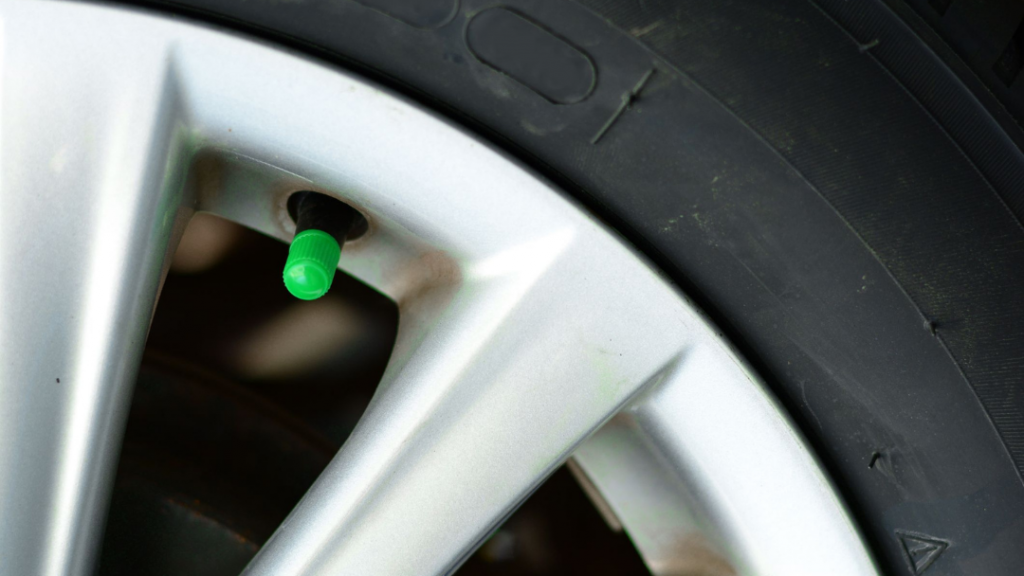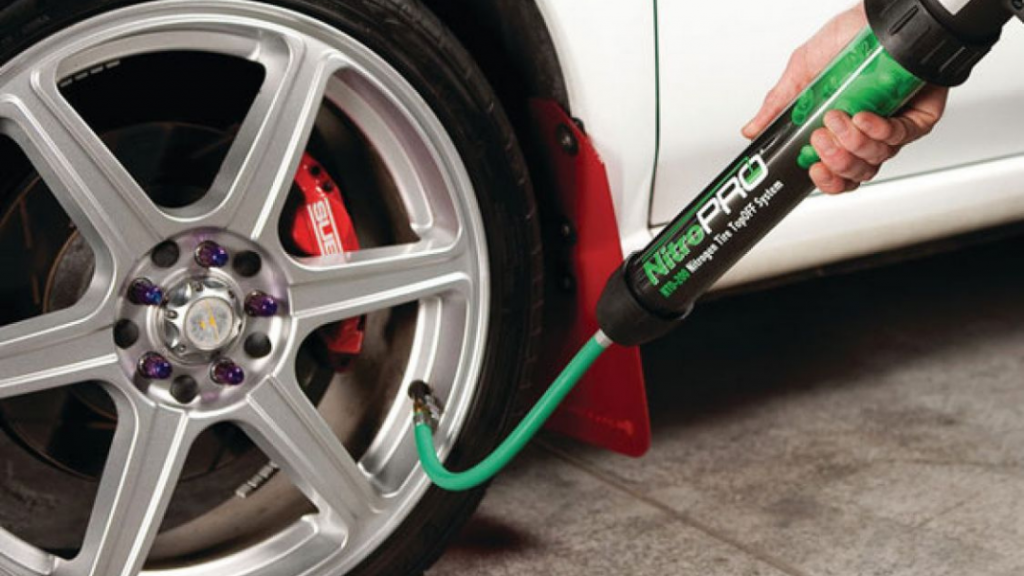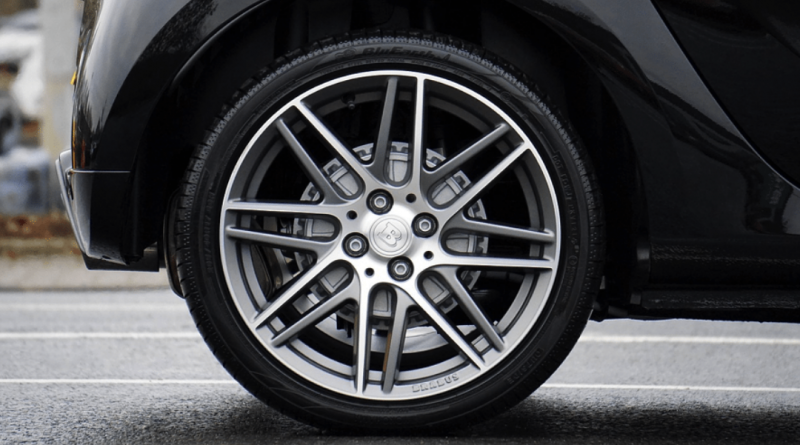SHOULD YOU USE NITROGEN IN YOUR CAR TYRES
Is Nitrogen a better option when filling your car tyres? Or will regular air do?
Nitrogen is quite frequently cited as a better alternative to natural air, but what really is the difference? Is it really worth the expenses it calls for?To really answer this question, we need to go back to the basics.
- Air itself is 78% Nitrogen and 21% Oxygen, the rest making up the other gases and water vapor. Hence, filling car tyres with Nitrogen is basically filling them with dry air, minus Oxygen.
The most effective point in favor of using Nitrogen instead of air is that it is an inert gas. Nitrogen does not support either combustion or the presence of moisture.

Also, the size of a Nitrogen molecule is roughly around 300 picometers, while that of an Oxygen molecule is around 292 picometers, making the Nitrogen molecules slightly larger in size (by 2.6%). Thus, Oxygen molecules permeate tyre walls slightly more easily than Nitrogen molecules do.
However, storage is a great con as storing liquid Nitrogen can be a great hassle. Liquid Nitrogen needs to be stored at very, very low temperatures. Another important factor that comes up is the cost of refilling tyres. Refilling tyres with Nitrogen every 2-3 months can be pretty expensive.
It is for racing cars that Nitro tyres are a perfect choice. Accelerating to extremely high speeds heat the race-car tyres up to more than 80 degrees celsius. If race-car tyres are filled with natural air, these high temperatures will cause the unknown condensed water content on the tyre walls to vaporize, thus contributing to a sudden unpredictable increase in tyre pressure.

Nitrogen In Tyre
This fluctuation makes it harder to fine-tune the tyre pressure, affects speed, causes problems with the handling, and might prove to be dangerous to the drivers. This problem, however, does not arise in the case of regular cars, as the temperature change is not too high.
Thus, even though Nitro tyres is an excellent and advisable choice in regard to racing cars, usage of the same in regular cars is not worth the expenses and storage hassles it calls for. Using Nitrogen does not harm tyres in any way. It does not really stop the tyre from losing air, but definitely does slow down the process, and to some extent also prevents loss of inflation by permeation, somewhat increasing tyre life. If Nitrogen is easily available, then it surely is a better choice, though it does not much of a difference.
Conclusion
The bottom line is, no matter whether Nitrogen or Oxygen is used to fill car tyres, the tyre inflation pressures need to be checked and maintained on a strictly regular basis. Over-inflation or under-inflation may cause a build-up of heat or stress, or even disbalance, disable or detach car parts, causing serious injuries that might prove fatal to both the driver and the pedestrian.
- SHOULD YOU USE NITROGEN IN YOUR CAR TYRES - October 8, 2021
- 6 Most Effective Tips that Helps to Increase Your Car Battery Life - September 24, 2021
- Luxurious Car Gift among these Top Indian Celebrities - September 21, 2021




